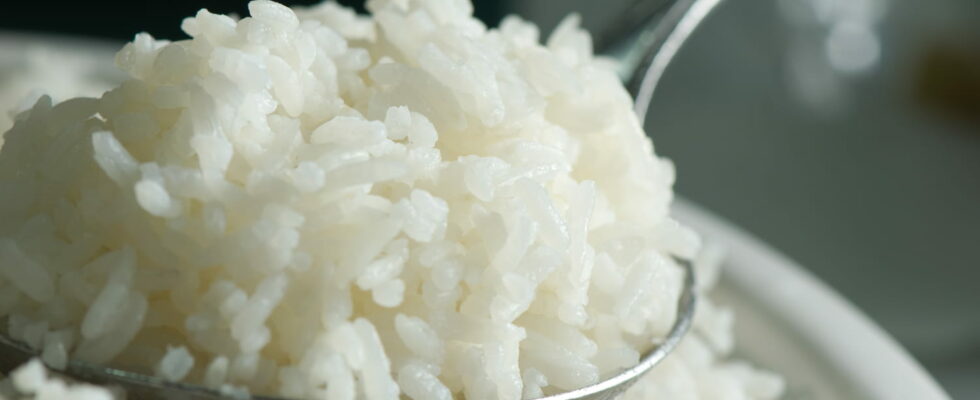It’s not necessarily a good idea to prefer it to pasta…
In nutrition, experts distinguish between foods with “full” calories and those with “empty” calories. “Full” calorie foods provide essential nutrients (proteins, carbohydrates, lipids, vitamins, minerals) for the proper functioning of the body. These include fruits, vegetables, dairy products, cereals, etc. While “empty” calorie foods do not provide us with nutrients and are rather pleasure foods such as sweets, sodas, alcoholic drinks. , fried products… Be careful, a food with “empty” calories does not have zero calories because that does not exist: all foods are sources of energy. What about white rice then?
White rice is a cereal whose grains have been hulled in order to remove their outer covering, depriving them of their bran and germ. They are then polished to give them this very white color. The refining process causes a large loss of these nutrients. However, white rice is not a food with empty calories. Its main asset? Its richness in complex carbohydrates. “Starchy foods, including white rice, are the primary source of starch, a substance that provides energy, and are therefore essential for the functioning of the body, so much so that it is recommended to consume one portion at each meal, explains Florence Foucaut, dietician-nutritionist. White rice alone provides nearly 30% of complex carbohydrates, which makes it a food of choice, especially before a sports competition or an exam.”
Another advantage: this cereal contains minerals, such as magnesium, phosphorus and potassium, even if they are in very small quantities. “As for vitamins, white rice provides some vitamins, mainly from group B: vitamin B1 necessary for our cognitive functions, vitamin B2 which is involved in energy metabolism, as well as vitamin B3 which contributes to the proper functioning of the system nervous, specifies Florence Foucaut. It also contains 1.1 g of fiber.” Finally, the starch in white rice is transformed into butyric acid by the bacteria in the microbiota. The latter has the property of reducing intestinal inflammation. This is why it is recommended to eat white rice in case of diarrhea.
White rice should be consumed in moderation because it quickly raises blood sugar levels and therefore promotes cravings just a few hours after ingestion. “We consider a portion of rice of 40 to 50 g as a side dish, 80 to 100 g as a main course. But given the nutritional characteristics of white rice, it is advisable to prefer brown or basmati rice” concludes Florence Foucaut.
